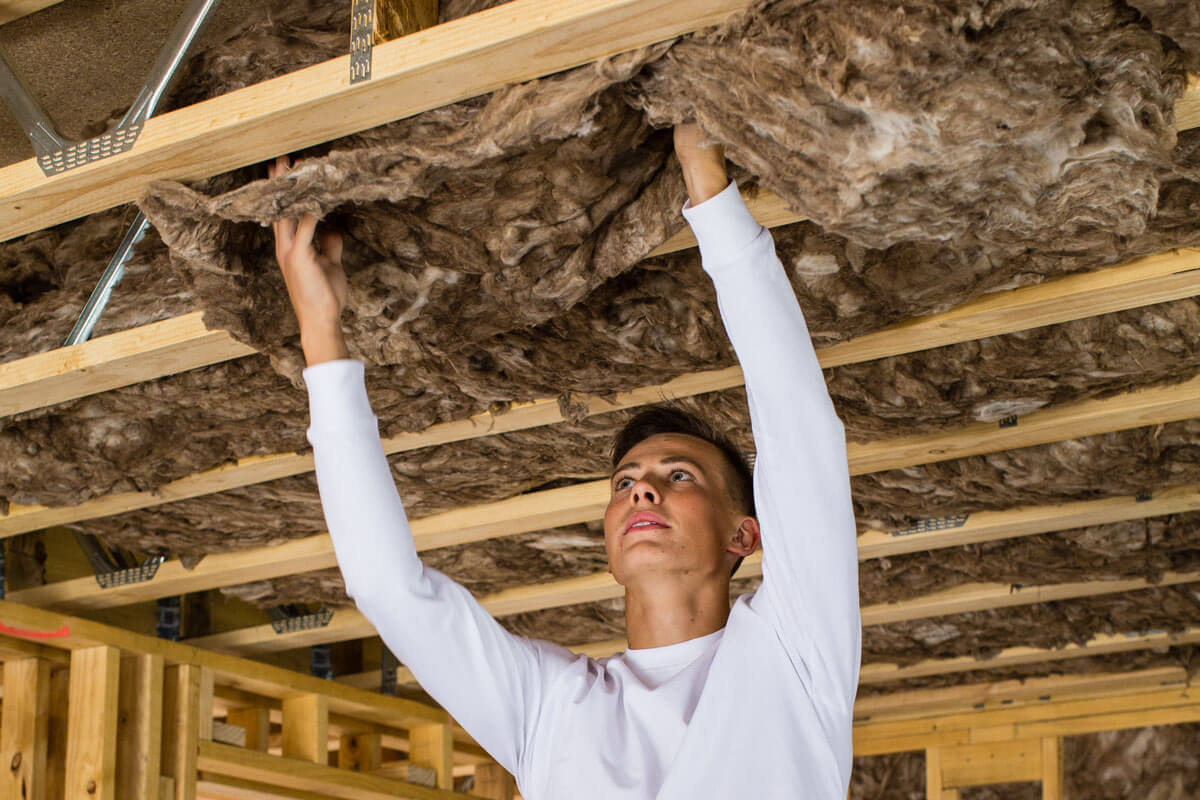Insulating the floors of an old house is one of the most transformative steps you can take in any renovation project. With rising energy costs and increasing awareness of environmental impact, improving the thermal performance of your property is not just a smart move — it’s essential. In particular, isolation sol maison ancienne (old house floor insulation) is a vital part of any upgrade plan.
Whether you’re buying a charming stone cottage or renovating a draughty period home, effective floor insulation can drastically enhance comfort, cut down on energy usage, and protect the structural integrity of your property. Let’s break it all down and explore the best strategies, materials, costs, and pitfalls to avoid when insulating floors in older homes.
Why Isolation Sol Maison Ancienne Is So Important
Many older houses in the UK were built long before modern building regulations existed. They often feature timber suspended floors or solid floors laid directly onto earth, both of which are prone to heat loss and moisture problems. Without proper insulation, heat seeps through the ground, making the space colder, less energy-efficient, and more expensive to heat.
Isolation sol maison ancienne doesn’t just reduce heating bills — it also helps protect against condensation and damp. It’s particularly important in heritage homes, where breathable materials are needed to maintain structural health. Proper insulation adds value to your home, improves your EPC rating, and enhances your overall living experience without compromising the charm of an older property.
How to Identify the Floor Type in a Maison Ancienne
Before you start any work, understanding what type of floor you’re dealing with is critical. There are typically two main types in old houses:
- Suspended timber floors: These have air gaps below, supported by joists. They’re often found in Victorian or Edwardian homes.
- Solid floors: Often made of stone, clay, or concrete, laid directly on the ground without an underfloor void.
Suspended floors are easier to insulate from underneath, especially if you have access via a cellar or crawl space. Solid floors usually require insulation to be added on top, using dry screeds or natural insulating boards. Choosing the wrong method for your floor type can lead to damp, structural issues, and wasted investment.
Best Materials for Insulating Floors in Old Houses

Choosing the right insulation material is essential when renovating a maison ancienne. You need materials that not only insulate but also allow your home to breathe. Here are some top choices:
- Wood fibre boards: Breathable, sustainable, and ideal for solid floors with heritage requirements.
- Sheep wool or hemp: Perfect for suspended timber floors, offering great thermal performance and moisture regulation.
- Expanded cork: Natural and durable, suitable for solid floors where breathability is key.
- Limecrete base with insulating aggregate: Works well for listed buildings with earth floors.
Avoid using synthetic materials like polystyrene unless absolutely necessary. They may offer higher thermal values but can trap moisture, damaging wooden floors or stone walls in the long term.
Insulating Suspended Timber Floors from Below or Above
If you have access from underneath, the easiest way to insulate a suspended floor is from below. Here’s how:
- Fit netting or battens between joists to hold natural insulation like wool or hemp in place.
- Maintain airflow to prevent condensation build-up — use air bricks or install a ventilation system if needed.
If insulation must be added from above:
- Lift floorboards carefully and lay breathable insulation between joists.
- Add a vapour-permeable membrane before re-fitting the floor or replacing with reclaimed timber or underfloor heating.
This method of isolation sol maison ancienne is ideal during major renovations, extensions, or when installing new heating systems.
Solid Floor Insulation in Stone or Earth-Floored Houses
Solid floors can be harder to deal with due to their direct contact with the ground. However, they can still be successfully insulated:
- Lay breathable insulation boards like cork or wood fibre over the existing floor.
- Install a floating floor system using dry screed panels or engineered boards.
- In stone cottages or extension maison ancienne pierre, use limecrete and lightweight aggregates to preserve heritage value and moisture control.
Always check ceiling height, as adding insulation and new flooring can reduce room proportions. Sometimes, you may need to lower the floor level slightly to allow for added layers.
Cost Breakdown and Potential Savings
Costs for isolation sol maison ancienne vary depending on the approach and materials. On average:
- Insulating suspended floors from below: £30–£50/m²
- Insulating solid floors from above: £50–£80/m²
- Limecrete and heritage-friendly methods: £80–£120/m²
While the upfront investment may seem high, the payback is significant. Proper insulation can reduce heating bills by 10–25%, especially when combined with wall and roof insulation. Financial incentives may also be available, such as the ECO4 scheme or VAT reductions on energy-efficiency works in the UK.
Planning Considerations and Regulations
If your home is listed or located in a conservation area, you may need listed building consent before carrying out insulation works. Speak with an architecte rénovation maison ancienne or heritage consultant to ensure your upgrades are compliant.
Also, make sure to follow UK Building Regulations (Part L) regarding thermal performance and ventilation. Poorly insulated homes without adequate airflow can develop mould and rot — particularly in period properties with timber elements.
Common Mistakes to Avoid When Insulating Old Floors
- Blocking ventilation: A leading cause of mould and floorboard rot in old homes.
- Using impermeable insulation: Traps moisture and damages the building’s natural ability to breathe.
- Skipping a floor condition survey: You must check for damp, rot, or structural issues before adding insulation.
- Not considering floor height: Adding insulation may affect door clearances, skirting boards, and even stair risers.
Being informed helps avoid long-term regrets and ensures your home stays warm, dry, and healthy.
Final Thoughts on Insulating Period Property Floors
Isolation sol maison ancienne is more than just an energy-saving upgrade — it’s a vital part of respectful, sustainable home renovation. When done correctly, it retains the soul of your property while bringing it up to modern comfort standards. Every old house is unique, so tailoring your approach to your specific floor type and building structure is key.
By using natural materials, understanding floor construction, and respecting traditional building techniques, you can future-proof your home while honouring its history. With rising energy bills and tightening regulations, there’s never been a better time to invest in proper floor insulation for your maison ancienne.
Frequently Asked Questions
Can I insulate old house floors without lifting them?
Yes, if you have access underneath via a cellar or crawl space, suspended timber floors can be insulated from below without removing floorboards.
Do I need to use breathable insulation?
In most old houses, yes. Breathable materials like wool, hemp, and wood fibre allow moisture to escape and prevent damp-related issues.
What’s the best insulation for stone cottages?
Limecrete with cork or lightweight aggregates is ideal. It respects the heritage materials while providing thermal efficiency.
Is floor insulation worth it in a maison ancienne?
Absolutely. It boosts comfort, reduces bills, and enhances property value — especially when combined with other insulation upgrades.
Are there government grants for insulating old floors in the UK?
Yes. Schemes like ECO4 or local authority grants may help cover part of the cost. Always check eligibility with an approved installer.
You may also read: Property Care Association | Trusted UK Experts in Damp, Timber & Waterproofing




